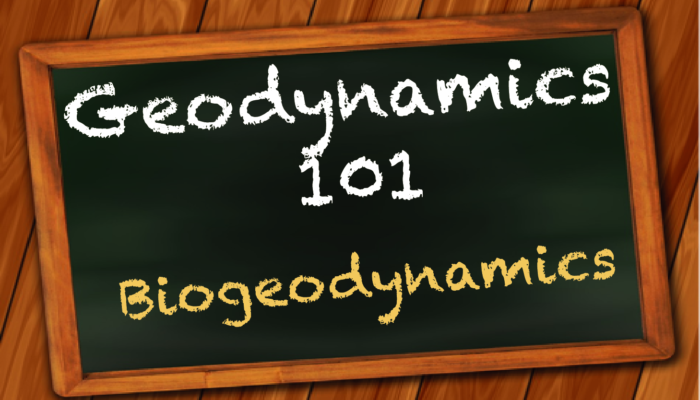
Would you like to participate in the development of a completely new research field? Here is the opportunity – Biogeodynamics! Biogeodynamics is an emerging field with exciting research opportunities. In this blog post professors Taras Gerya, Loïc Pellissier, and Robert Stern talk about what is Bio-Geo-Dynamics, how this field is developing, and what are the challenges and opportunities ahead.
A new transdisciplinary research field of Biogeodynamics is emerging. Biogeodynamics studies and quantifies the complex relationships between the evolution of Earth’s interior, surface, landscape, atmosphere, ocean climate, and life. These questions apply to exoplanets to speculate on the physical conditions that may promote the origin of life and the evolution of its complexity. Exciting modern cross-disciplinary research opportunities are appearing, with more to come.
Growing evidence suggests that Earth’s geodynamic evolution is intimately linked to the evolution of its atmosphere, oceans, landscape, and life. Logically, this frontier research direction appears among the top ten research questions shaping 21st-century Earth Science (DePaolo et al., 2008, The National Academies Press, Washington, D.C.): “How has life shaped Earth – and how has Earth shaped life? The exact ways in which geology and biology influence each other are still elusive. Scientists are interested in life’s role in oxygenating the atmosphere and reshaping the surface through weathering and erosion. They also seek to understand how geological events caused mass extinctions and influenced the course of evolution.”
There is also a growing understanding of multiple links between the evolution of plate tectonics and the development of complex life on Earth. One important characteristic of modern-style plate tectonics is the presence of the global continuously evolving plate mosaic that may have crucial implications for life evolution. Modern-style plate tectonics was likely established gradually throughout Earth’s history and may have played a critical role in shaping and accelerating the development of complex life and human civilization. Two obvious questions are here to be asked: (1) “How did the evolution of plate tectonic processes through the Earth’s history influence the diversification of life?” and (2) “What are the contributions of different plate tectonic processes (continental breakup, oceanic spreading, continental collision) on the diversification of life?”. Answering these questions requires the development of a new field – Biogeodynamics, which should be capable of exploring these complex interactions in a quantitative manner.
The term “Biogeodynamics” was introduced in 2018 by Aubrey Zerkle (Zerkle,2018) to identify the need for a new quantitative discipline bridging the gap in our understanding of links existing between processes shaping the evolution of Earth’s interior, surface, and life. Establishing this new discipline is very timely since new quantitative observational and numerical modelling approaches continue to be developed in related fields of geodynamics, geology, geomorphology, atmospheric, ocean and climate sciences, palaeontology, and biology, and combining these approaches seems a very natural task requiring cross-disciplinary effort. This situation resembles the establishment of numerical geodynamic modelling field in the 1970s and 1980s by combining quantitative methods of geology, geophysics, continuum mechanics and applied mathematics. Now, forty years later, numerical geodynamic modelling is a vigorously established field, which is fully integrated into modern Earth Sciences and promotes further development and application of physics-based quantitative modelling methods in geodynamics and related disciplines.
In its current early phase, the field of Biogeodynamics starts to explore the interface between the disciplines of geodynamics, geomorphology, climate and atmospheric science, palaeontology, geobiology and ecology with special focus on how the evolution of planetary interiors, surfaces, atmosphere, oceans, climates, and life are intrinsically interrelated. This emergent field aims to understand and quantify these dazzlingly complex relationships by combining observational and modelling approaches, and the development of new hybrid computational tools in which relevant physical, chemical, biological, atmosphere/ocean/climate and geomorphological processes are intrinsically coupled. Biogeodynamics seeks to investigate different global and regional geodynamical evolution scenarios to gauge their influence on biosphere evolution as expressed by biodiversity. This may in particular rely on the emerging hybrid methods of computational Biogeodynamics coupling (1) global and regional geodynamic models of tectonic and magmatic processes, (2) landscape and habitat evolution simulations, (3) models of atmospheric ocean and climate changes, (4) nutrient supply, transport and recycling modes and (5) spatially-explicit models of species speciation, dispersal evolution and extinction. Emerging methods of computational Biogeodynamics will likely also help to understand the evolution of life that might exist on exoplanets, so the likelihood of applying insights from biogeodynamic modelling of Earth to exoplanets is obvious.
Last but not least, there is a clear tendency for biogeodynamical studies to become increasingly visible within all involved disciplines. Several interdisciplinary research groups and initiatives have been established recently worldwide including three recently funded European centres of excellence on planetary habitability – in Switzerland (COPL, ETH Zurich), Norway (PHAB, University of Oslo) and the UK (Leverhulme Centre for Life in the Universe, University of Cambridge). International collaborations promise new and exciting research and career opportunities for young enthusiastic researchers in Earth and Planetary sciences in general and in Biogeodynamics in particular.
References DePaolo, D.J., Cerling, T.E., Hemming, S.R., Knoll, A.H., Richter, F.M., Royden, L.H., Rudnick, R.L., Stixrude, L., Trefil, J.S. (2008) Origin and Evolution of Earth: Research Questions for a Changing Planet. Committee on Grand Research Questions in the Solid-Earth Sciences, Board on Earth Sciences and Resources, Division on Earth and Life Studies, National Research Council of the National Academies, The National Academies Press, Washington, D.C., 137 pp Zerkle AL. (2018) Biogeodynamics: bridging the gap between surface and deep Earth processes. Phil. Trans. R. Soc. A 376, 20170401. (doi:10.1098/rsta.2017.0401)

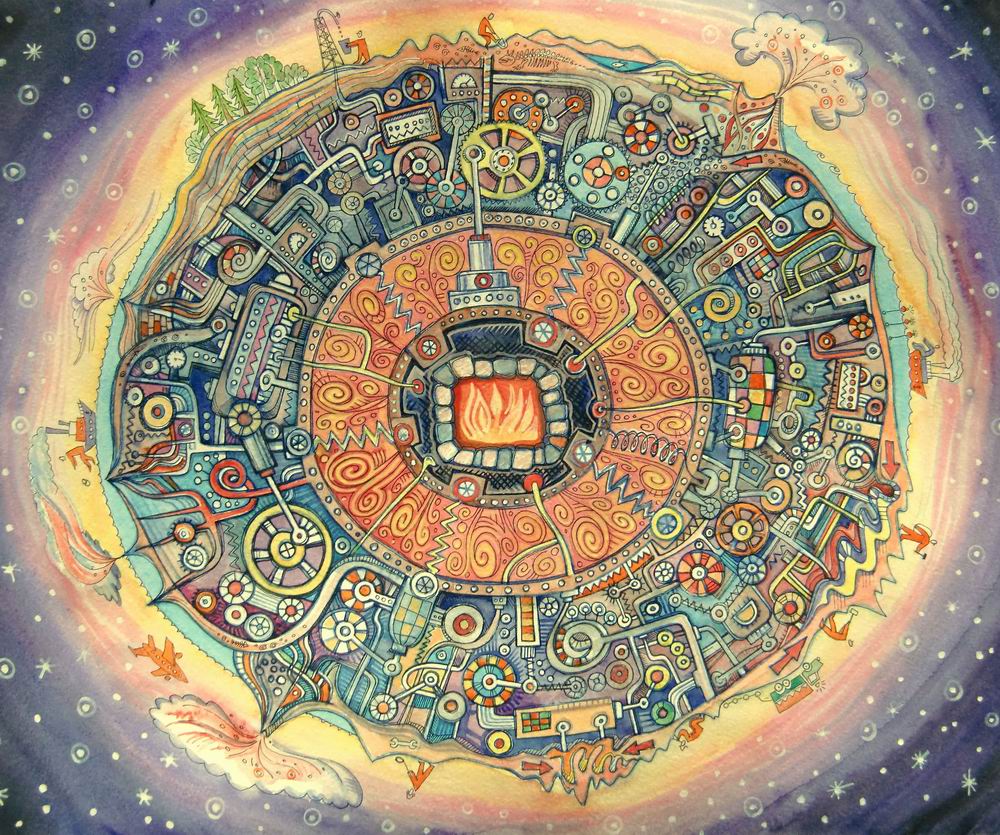
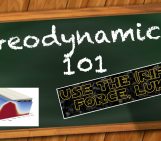
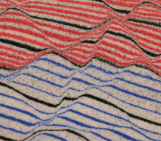

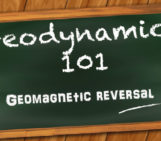
Panayota YEORGOPOULOU
EXCELLENT NEWS!!
Stephen Johnston
Isn’t there a third ‘obvious’ question to be addressed: did life play a role in the development of plate tectonics? Instead of restricting ourselves to looking only at plate tectonics as a process that influenced the distribution and diversification of life, perhaps we should ask if the evolving biosphere influenced the development of Earth’s ‘mosaic’ of lithospheric plates and contributed to the onset of modern plate tectonics.
Aldo Piombino
well… exciting!! I have been really interested in this “multitasking” field.
the most important evolutionary events of the phanerozoic eon are linked to Plate tectonics, also mammals history.
I have written an article on geology and plant history and a second on geology and Primates history. I’m a geologist but currently I can’t do researches on this field.